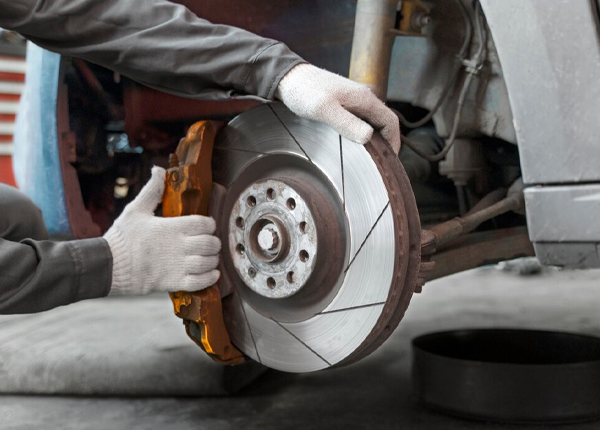The Science Behind Rust and How to Combat It for Your Vacation
If you are travelling around the country in a vehicle, rust is a challenge that you will face, especially when you are visiting humid or coastal destinations. Understanding how this process happens and what you can do to prevent it gives you the knowledge and tools to protect your valuables, no matter where you are.
Rust: How It Starts
From a molecular standpoint, rust is an electrochemical process that affects iron and steel.With the right preventative measures and a better understanding of the science, you can prevent destructive corrosion before it starts.
Rust forms when iron reacts with oxygen and water, creating iron oxide. This reaction happens because iron atoms lose electrons when they come into contact with the oxygen in the air. This process is called oxidation and is the beginning of all things relating to rust. Even though the process of rusting can take quite some time, the damage begins from the very moment this process occurs.
To make matters worse, the presence of salt kicks this process into hyperdrive, making coastal places particularly challenging for a traveller’s vehicle. Salt makes water more conductive, essentially speeding up the formation of rust.
The Harmful Nature of Rust
Mark from Preserve Protect says “Rust is a silent menace that seriously undermines the integrity of iron or steel.”As rust eats away at the metal, critical parts of your vehicle can become unsafe. Metals like aluminium or copper are also susceptible, even though they are less reactive than iron.
Stainless steel, which contains a protective layer of chromium, is excellent at resisting this process. How does stainless steel do this? Chromium forms a thin layer of oxide on the surface, preventing the oxygen and water from reaching the iron atoms, and preventing corrosion.
Preventing Rust: Why Protection Works
Just because you are travelling doesn’t mean you need to be at the mercy of corrosion and rust. Protecting against the development of rust can be accomplished through many different processes. Galvanization is one of the most common rust prevention techniques, which is achieved by applying a layer of zinc to the surface of any metal or steel object you would like to protect. Zinc is more reactive than iron and sacrifices itself to the corrosion first, saving your valuable parts.
Protective coatings are also used to stop rust from occurring. There are different types of coatings, such as oils, paints or rust inhibitors that create a protective barrier between the environment and the metal objects, stopping the chemical reactions before they begin to prevent rusting.
Interestingly, there are also electrochemical options to prevent rust from forming. Electrical currents can be used to reverse the chemical reactions that lead to rust formation, protecting metals without the need for other types of treatments.
Protection Works: Prevent Rust Before It Starts
Iron atoms will always want to lose their electrons to oxygen and if you want to protect your vehicle while on vacation, you need to take preventative steps to keep those atoms or molecules where they belong. You can stop rust from forming with a few simple tools, ensuring you and your vehicle get a much needed break as you go on vacation this year.



